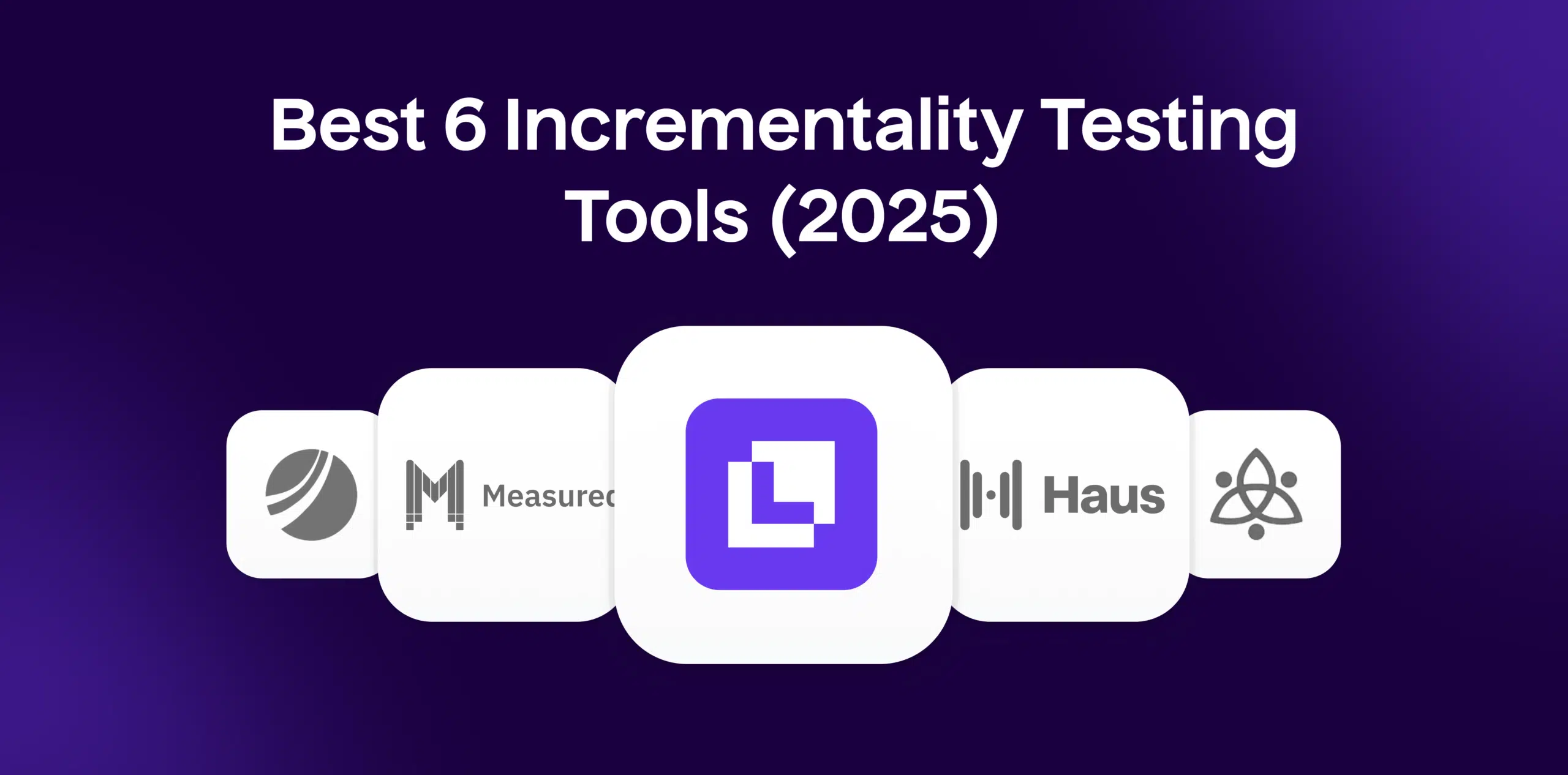What is A/B testing?
A/B testing, also known as split testing, is a process by which ecommerce businesses optimize their websites to achieve their objectives. This optimization technique involves the creation of two variations of a specific web element (such as buttons, headlines, visuals, or content layout) and testing these variations with equal amounts of traffic to determine which drives better results. The tests can last for durations to identify the most impactful and engaging version of a web page based on various performance metrics, such as conversion rates or average session durations.
Formula
There is no specific mathematical formula for A/B Testing, but the process typically involves the following steps:1. Divide the audience: Split the audience into two groups, Group A and Group B.2. Create variations: Create two different versions of the webpage or element to be tested. This can involve changes to design, layout, copy, or any other element that may impact user behavior.3. Implement the variations: Show Version A to Group A and Version B to Group B.4. Measure performance: Track and measure the performance of each variation using relevant metrics, such as conversion rate, click-through rate, or average order value.5. Analyze results: Compare the performance of Version A and Version B to determine which one yields better results.
Example
Let’s consider an ecommerce website that wants to optimize the product page layout for better conversion rates. They decide to conduct an A/B test by creating two versions of the product page:Version A: The original product page layout.Version B: An alternative layout with a prominent “Buy Now” button and simplified product description.The website then randomly assigns half of the incoming traffic to see Version A and the other half to see Version B. They measure the conversion rates for both versions over a specific period of time.After analyzing the results, they find that Version B outperforms Version A, with a 20% higher conversion rate. Based on this data, they decide to implement the changes from Version B to their product page permanently.In this example, A/B Testing helped the ecommerce website identify the layout that generated higher conversion rates, allowing them to make data-driven decisions to optimize their online sales.
Why is A/B testing important?
- Improved conversion rates: A/B testing helps to identify and rectify the bottlenecks that may be affecting conversions.
- Enhanced user experience: The process allows businesses to understand customer preferences and improve their site usability.
- Evidence-based decision-making: Rather than relying on intuition, data-driven decisions emerge from A/B testing, leading to accurate and measurable results.
- Maximizing ROI: Continuous optimization through A/B testing aids in making the most informed decisions, leading to better customer engagement and increased revenue.
Which factors impact A/B testing?
- Sample size: A larger sample size increases the reliability of test results.
- Test duration: Longer test durations ensure stability and accuracy of results.
- Seasonality: Factoring in seasonal trends can impact the effectiveness of tests.
- Test hypothesis: A solid hypothesis derived from data analysis ensures valuable test results.
- Proper segmentation: Test results can differ among different customer segments, making segmentation essential for correctly interpreting results.
How can A/B testing be improved?
- Ensure an adequate sample size: The larger the sample size, the more reliable your results will be.
- Prioritize testing hypotheses: Focus on changes with the highest potential impact based on data analysis.
- Use a controlled environment: Limit external factors to minimize the influence of variables unrelated to the test.
- Test multiple variables simultaneously: This approach, known as multivariate testing, allows for a more advanced analysis of web elements.
- Continuously test: Regular testing enables ongoing optimization and improvement.
What is A/B testing’s relationship with other metrics?
A/B testing can help to track and improve the performance of various ecommerce metrics, such as click-through rates, bounce rates, average order values, and customer lifetime value.
Free essential resources for success
Discover more from Lifesight
























































